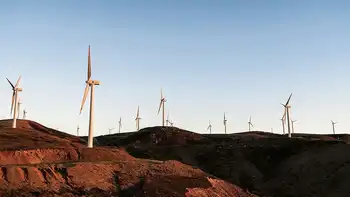Minnesota Signs Deal With Manitoba Hydro
WINNIPEG -- - The Minnesota Public Utilities Commission has unanimously approved a $1.7 billion power export deal with Manitoba Hydro.
It allows Minneapolis-based Xcel Energy to import power from Manitoba Hydro, despite the objections of aboriginal groups.
The 500-megawatt, 10-year deal was given the go-ahead.
It's an extension of an existing deal and will allow power to be exported until 2015.
Approval by Canada's National Energy Board is pending.
The Minnesota decision is a blow to the Pimicikamak Cree Nation of Cross Lake, Manitoba. They had asked the commission to first call a formal hearing into the social and economic impact of historic hydro development on their homeland.
Related News

Berlin Geothermal Plant in El Salvador Set to Launch This Year
BERLIN - El Salvador Geothermal Expansion boosts renewable energy with a 7 MW Berlin binary ORC plant, upgrades at Ahuachapan, and pipeline projects, strengthening clean power capacity, grid reliability, and sustainable growth in Central America.
Key Points
A national push adding binary-cycle capacity at Berlin and Ahuachapan, boosting geothermal supply and advancing sites.
✅ 7 MW Berlin binary ORC plant entering service.
✅ Ahuachapan upgrade adds 2 MW, total geothermal 204 MW.
✅ Next: Chinameca, San Miguel, San Vicente, World Bank backed.
El Salvador is set to expand its renewable energy capacity with the inauguration of the 7-MW…




